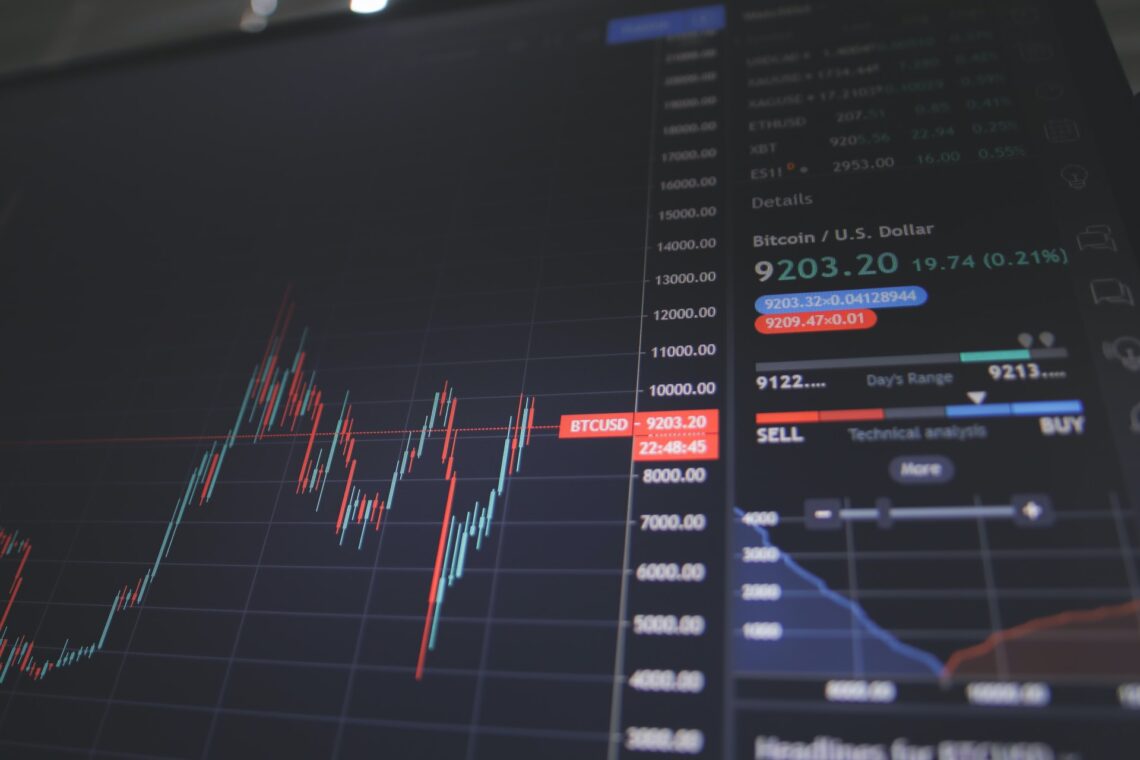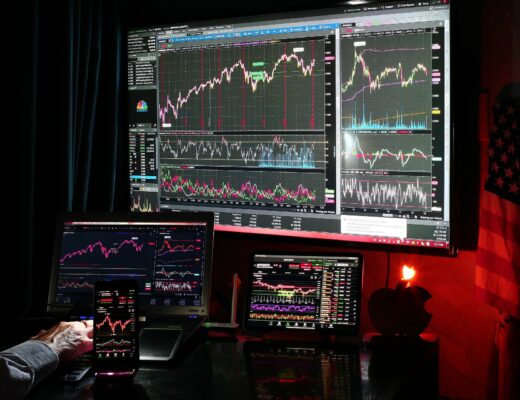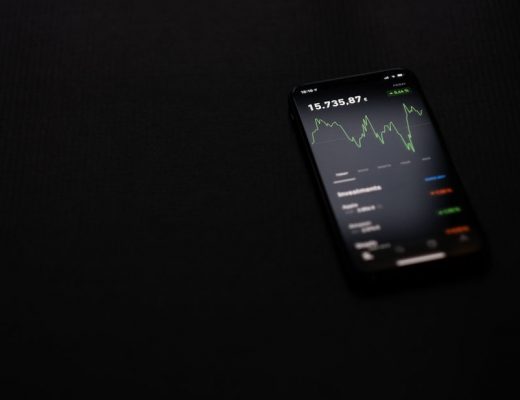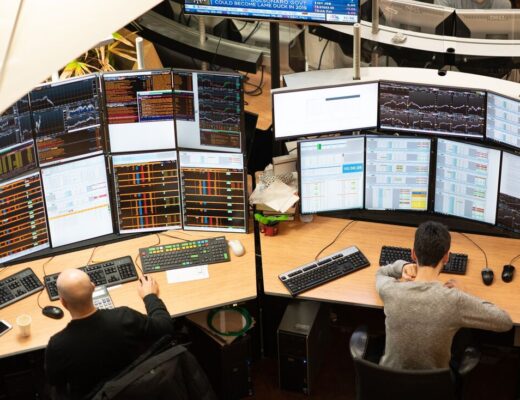Price channel: the stages of construction and use
Experienced traders know what a price channel is and how to use it to increase profits. However, it will be quite difficult for a beginner to navigate this concept without the necessary theoretical and practical knowledge. To understand the peculiarities of this instrument, it is necessary to start from the basics.
The price channel represents a limited time range, in which the price moves. It is shown as a corridor on the chart, and its boundaries are the resistance and support lines. Such channels are of three types: ascending, descending and sideways or flat. Each of them is associated with the movement of the trend – on the upward channel is observed ascending, on the downward – descending. A flat is observed if the price moves horizontally.
In addition to types, there are confirmed and unconfirmed channels. The first variant happens if the price has passed the border more than 2 times. If this has not been observed, the channel will be unconfirmed.
Construction of the uptrend channel starts with determining the trend movement. Then, a trend line, which will be the main one, is drawn based on two minimum points, which are called pivot points. After that another line is drawn, parallel to the first one. It reaches the maximum, which is located between the anchor points.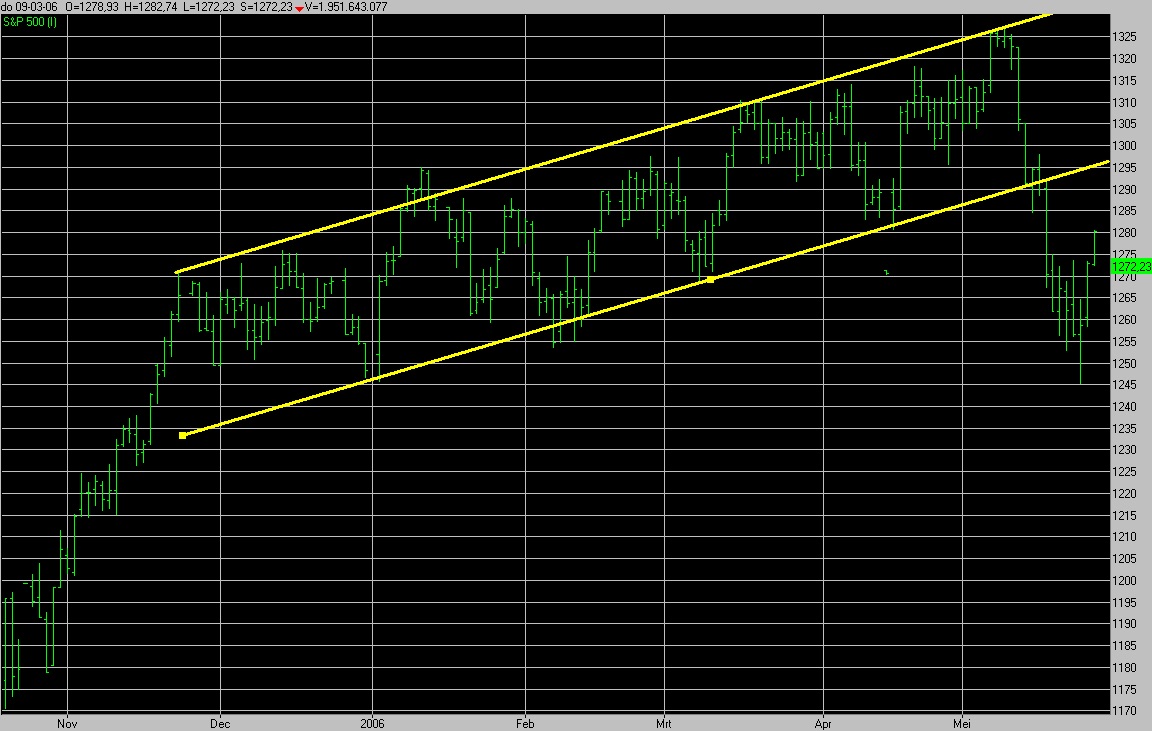 Downward price channels are formed in a similar way, but in this case the main line goes through the maximum points, and the second line – through the minimums.
Downward price channels are formed in a similar way, but in this case the main line goes through the maximum points, and the second line – through the minimums.
In a flat situation, the price is located between the support and resistance lines. The main difference of this type of channel is the fact that price should reach both support and resistance levels at least 2 times.
A number of additional lines should be marked before the trading process begins. For the first of them, it is necessary to separate 50% of the entire width of the range. Simply put, it should be located in the middle between support and resistance. The next two lines will run parallel to the upper and lower limits. When trading, one should be guided by the main factor: if the channel rises near the lower boundary, then one should buy the asset, and sell it when it is near the upper line. To reduce the risks it is necessary to monitor the third line, if the price reaches and leaves its boundaries, then the profit is fixed.
With the line of 50% one should be extremely careful. In case a trade will be executed from it, it is better to move in the direction of the channel. There are no clear rules for fixing the stop-loss; here each trader decides on an individual basis. As an option – it can be taken out beyond past extremes.
